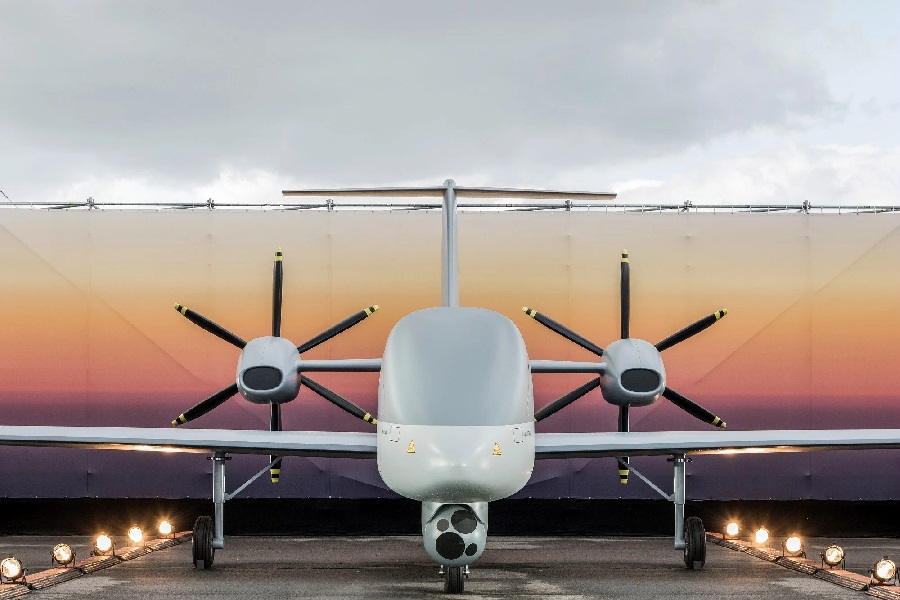NGI is part of the MDA’s Ground-based Midcourse Defense (GMD) system and will provide a new, advanced interceptor to protect the homeland against long range ballistic missile threats from rogue nations. During this review, the MDA assessed the NGI program’s readiness and maturity to continue into the detailed design phase, confirming that Lockheed Martin’s solution continues to meet requirements for the mission.
“I am proud of our team’s commitment to innovating with urgency to achieve expectations for this phase of the program,” said Sarah Hiza, vice president and general manager of Strategic and Missile Defense at Lockheed Martin. “With this additional confidence in our NGI design through a week-long digital review with our MDA customer, we are on track to deliver the right solution to meet the needs of the nation.”
Digital Enablement
Lockheed Martin used digital engineering and model-based engineering tools to conduct the PDR with a modern and transparent approach. These tools ultimately drive affordability within the program, as the company progresses to deliver a capable, mature, and reliable interceptor to the MDA.
The program’s digital approach enables early and frequent hardware and software testing, anchoring the PDR with lab demonstrations of flight-like engineering hardware. Some of these include validating the program’s approach to sensing threats and Lockheed Martin’s flight computer which successfully communicated to major NGI subsystems.
Path to Flight Testing and Initial Production
This latest PDR milestone means Lockheed Martin’s NGI program has progressed solidly in its design work. It will next begin procuring long-lead hardware to support manufacturing of flight test vehicles.
The company’s NGI team will now move forward toward the Critical Design Review milestone in Q3 FY2025, continuing to evaluate opportunities to accelerate schedule. During this next significant review, the MDA will assess when flight testing can begin. The first Lockheed Martin NGI is forecast for delivery to the warfighter as early as FY2027.



























